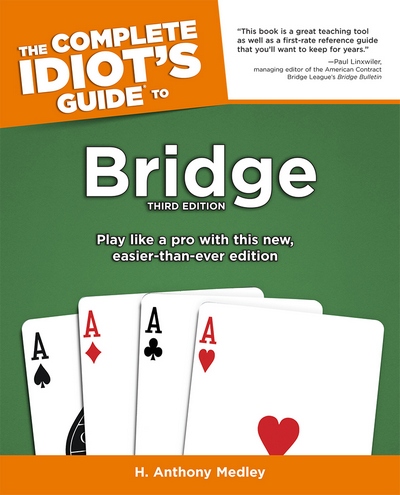| The first and second editions of Complete Idiot's Guide to Bridge by H. Anthony Medley comprised the fastest selling beginning bridge book, going through more than 10 printings. This updated Third Edition includes a detailed Guide to Bids and Responses, along with the most detailed, 12-page Glossary ever published, as well as examples to make learning the game even easier. Click book to order. Available in all bookstores and on Kindle. | ||
|
The Best of Enemies (8/10) by Tony Medley Runtime 127 minutes. PG-13 While this is the story of Ann Atwater (Taraji P. Henson), a poor black activist in Durham, N.C., and C.P. Ellis (Sam Rockwell), the Exalted Grand Cyclops of the Ku Klux Klan in Durham, and how they came together to solve a school desegregation crisis, it barely scratches the surface of who Atwater really was and where she came from. In fact, it is perfectly silent about that. And thatís too bad because she started out, literally, from scratch. The story of her beginnings would make a as good a movie as this, but this story of two antagonists coming together is much more Hollywood. Written and directed by first-timer Robin Bissell (a long-time Producer) and ďinspiredĒ by the book by Osha Gray Davidson, Henson gives a rousing performance as the inspired but legitimately angry Atwater. Married at 13, she was the poorest of the poor. After divorcing her husband and supporting her two daughters as a single mother on a welfare check of $57/month, she lived in a house that was falling apart with little or no help from her landlord. Atwater serendipitously got involved in Operation Breakthrough which was a program designed to help people get out of poverty. Thatís how she became a civil rights activist. When an issue about school desegregation arose, she was chosen to co-chair the charrette (a collaborative process that involved ten days of town meetings to resolve issues related to implementation of a court order). Run by Councilman Bill Riddick (Babou Ceesay), he chose the two most acrimonious people he could find, Atwater and Ellis, to co-chair the charrette. Neither wanted to do it, but this is the story of how these two bitter enemies worked on the charrette, their antagonisms, the mood of their compatriots, and their hatred of each other, and itís a good tale. Rockwell gives a fine performance, but Hensonís is the one you remember. At the end there are film clips and comments by the real Atwater and Ellis, both of whom are now deceased. Postscript: I went to law school in Virginia when it was still segregated. I think there were five black students at UVA then (and no women). One of them was my suitemate my third year in a dorm for graduate students. He was a good guy but, since all the schools I had attended in Los Angeles were integrated, it never crossed my mind that it might have been difficult for him . Even then, in Charlottesville, black people had to sit in the balconies in the movies. I always felt uncomfortable about it and I went to a lot of movies there. Selma occurred during my third year. The UVA Newman Club chartered a bus to take students down to participate. I regret not going, but I would have had to miss a week of classes and I did not feel I could afford to do that. As a result, I missed an historical moment. I only mention this because white people who have never experienced segregation don't realize what black people have had to endure for more than 100 years after the end of the Civil War. This movie shows what it was like.
|
||
